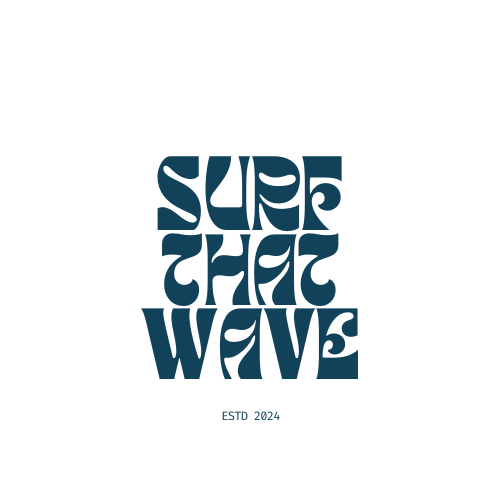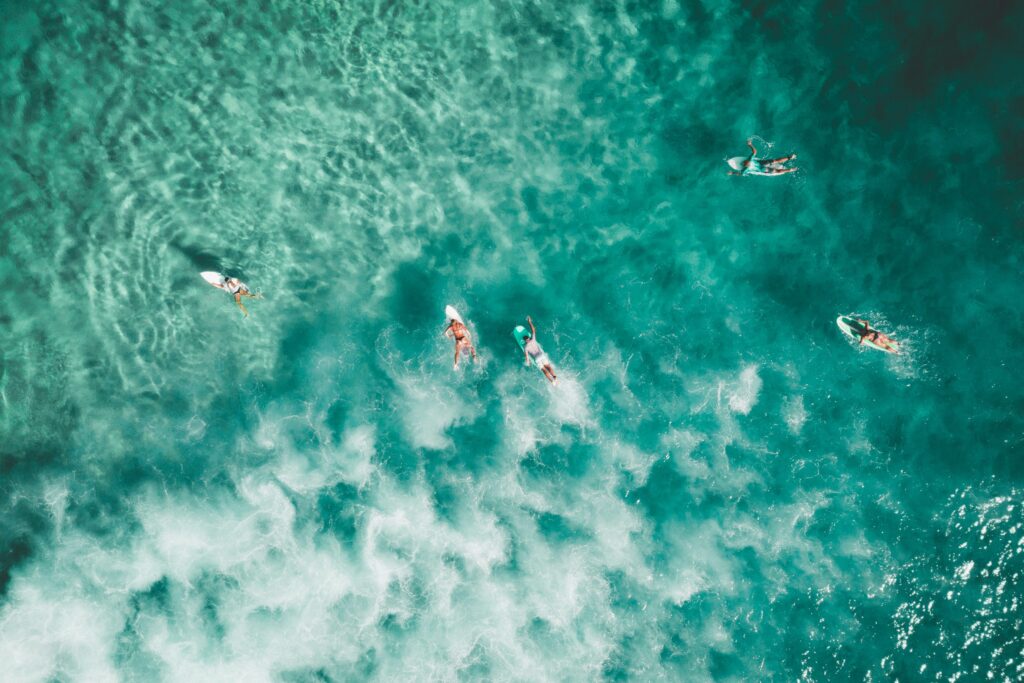Are you ready to catch some waves and embrace the thrill of surfing in 2024? Surfing isn’t just a sport; it’s a lifestyle that offers a unique blend of excitement, relaxation, and connection with nature. Whether you’re looking for a new hobby or a complete lifestyle change, learning to surf can be an incredibly rewarding experience. In this comprehensive guide, we’ll walk you through everything you need to know to start your surfing journey in 2024.
Benefits of Surfing
Before we dive into the nitty-gritty of getting started, let’s talk about why surfing is such an amazing activity to pick up.
Physical Health Benefits
Surfing is a full-body workout that can significantly improve your physical fitness. It engages your core, arms, and legs, enhancing your strength, balance, and flexibility. The constant paddling is an excellent cardiovascular exercise, while maneuvering on the waves works wonders for your coordination and agility.
Mental Health Benefits
But it’s not just about the physical benefits. Surfing can do wonders for your mental health too. The combination of being in nature, the meditative aspect of waiting for waves, and the rush of riding them can reduce stress, improve mood, and boost overall mental well-being. Many surfers describe feeling a sense of peace and connection with the ocean that’s hard to find elsewhere.
Essential Equipment for Beginners
Now that you’re pumped about the benefits, let’s talk gear. You don’t need a ton of expensive equipment to start, but there are a few essentials you’ll want to invest in.
Surfboard Types
As a beginner, you’ll want to start with a longboard or a foam board. These are more stable and easier to paddle, making them perfect for learning. A board around 8 to 9 feet long is typically a good starting point for most adults. Read more about it here.
Wetsuits and Accessories
Depending on where you’re surfing, you might need a wetsuit to keep warm. Other essential accessories include surf wax (to keep you from slipping off your board), a leash (to keep your board attached to you), and sun protection like zinc oxide or a rash guard.
Finding the Right Surf Spot
Choosing the right location to learn is crucial for your safety and enjoyment.
Beach Breaks vs. Point Breaks
For beginners, beach breaks are usually the best option. These are spots where waves break over a sandy bottom, which is safer and more forgiving than rocky areas. Point breaks, where waves break around a point of land, are generally better suited for more experienced surfers.
Researching Local Conditions
Before heading out, always check the local surf report. Look for small, consistent waves — ideally 1-3 feet high. Avoid crowded spots and areas known for strong currents or riptides.
Basic Surfing Techniques
Now, let’s get into the fun part — actually surfing!
Paddling
Efficient paddling is key to catching waves. Lie on your board with your feet together at the tail. Use alternating arm strokes, keeping your arms close to the board for maximum efficiency.
Pop-up Technique
The pop-up is how you go from lying on your board to standing. Practice this on land first. In one smooth motion, push up with your arms and bring your feet under you, landing in a low, stable stance.
Riding the Wave
Once you’re up, focus on staying low with your knees bent. Keep your eyes on where you want to go, not down at your feet. Start by just going straight, and as you gain confidence, you can start to angle across the face of the wave.
Understanding Surf Etiquette
Surfing has its own set of unwritten rules that are important to follow for everyone’s safety and enjoyment. Some key points:
- The surfer closest to the peak of the wave has right of way.
- Don’t “drop in” on another surfer (take off on a wave someone else is already riding).
- Don’t “snake” (cut in line in the lineup).
- Always hold onto your board.
Fitness Preparation for Surfing
While you don’t need to be an Olympic athlete to start surfing, some basic fitness preparation can make your learning experience much more enjoyable. Focus on:
- Core strength exercises
- Upper body exercises for paddling power
- Yoga or stretching for flexibility
- Cardiovascular endurance for long paddle sessions
Surf Safety Tips
Safety should always be your top priority when surfing. Here are some key tips:
- Never surf alone, especially as a beginner.
- Be aware of your surroundings, including other surfers, swimmers, and potential hazards.
- Know your limits and don’t push yourself into conditions beyond your skill level.
- Learn to identify and avoid rip currents.
- Always let someone know where you’re surfing and when you plan to return.
Joining a Surf School or Camp
One of the best ways to start surfing is by taking lessons from a certified instructor. They can teach you proper technique, safety, and etiquette, and help you avoid developing bad habits. Many beach towns offer surf schools or camps, which can be a great way to immerse yourself in the sport.
Progressing Your Skills
As you get more comfortable on the board, you can start to challenge yourself:
- Try catching unbroken waves (known as “green waves”).
- Practice turning and maneuvering on the wave face.
- Experiment with different types of boards as your skills improve.
- Consider cross-training with activities like skateboarding or snowboarding to improve your balance and board control.
Eco-friendly Surfing Practices
In 2024, it’s more important than ever to be mindful of our impact on the environment. As a surfer, you can:
- Use eco-friendly surf wax and sunscreen.
- Participate in beach clean-ups.
- Choose sustainable surfboards and wetsuits when possible.
- Respect marine life and coastal ecosystems.
Surfing Communities and Social Aspects
Surfing isn’t just a solo sport — it’s a community. Don’t be afraid to strike up conversations in the lineup (when appropriate and safe to do so). Many lifelong friendships have started in the water. Look for local surf clubs or meetups to connect with other surfers in your area.
Technology in Modern Surfing
In 2024, technology plays a bigger role in surfing than ever before. Take advantage of:
- Advanced surf forecasting apps
- Waterproof action cameras to analyze your technique
- Fitness trackers designed for water sports
- Online communities and resources for surfers
Overcoming Common Beginner Challenges
Every new surfer faces challenges. You might struggle with:
- Fear of the ocean or big waves
- Difficulty reading wave conditions
- Frustration with slow progress
Remember, everyone starts as a beginner. Be patient with yourself, stay persistent, and don’t be afraid to ask for help or advice from more experienced surfers.
Conclusion
Starting your surfing journey in 2024 is an exciting adventure. With the right preparation, equipment, and mindset, you’ll be riding waves and experiencing the unique joy of surfing in no time. Remember to prioritize safety, respect the ocean and other surfers, and most importantly, have fun! Surfing is more than just a sport — it’s a lifelong passion that can bring you incredible experiences and a deep connection with nature. So grab a board, hit the waves, and enjoy the ride!
FAQs
- How long does it typically take to learn to surf?
While everyone learns at their own pace, most beginners can stand up and ride small waves within a few lessons. However, becoming truly proficient can take months or even years of regular practice. - Is surfing dangerous for beginners?
Like any water sport, surfing carries some risks. However, by starting in appropriate conditions, following safety guidelines, and taking lessons, beginners can minimize these risks significantly. - Do I need to be a strong swimmer to surf?
Yes, being a confident swimmer is essential for surfing. You should be comfortable swimming in open water and able to tread water for extended periods. - Can I surf year-round?
Depending on your location and tolerance for cold water, you may be able to surf year-round. In colder climates, a good wetsuit can extend your surfing season significantly. - How much should I expect to spend to start surfing?
Initial costs can vary, but expect to spend around $500-$1000 for a beginner surfboard, wetsuit, and accessories. Lessons or surf camps will be an additional cost, but are highly recommended for beginners.


